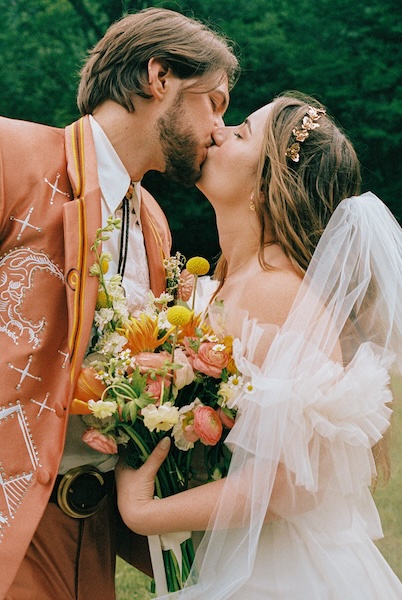Industry News
Is adding new meaning to an existing piece of art transformative enough to constitute fair use? That question is key to the debate in a landmark fair use case going in front of the Supreme Court that both sides agree will play a major role in the future of creative works. On Wednesday, Oct. 12, the Supreme Court heard arguments in Andy Warhol Foundation for the Visual Arts v. Lynn Goldsmith. The case debates whether artist Andy Warhol had the right to use a photograph taken by Goldsmith to create, license, and sell multiple silk screen images of the pop star Prince. The Supreme Court has not yet announced a decision in the case.

Landmark Fair Use Case: The Background
In 1981, Goldsmith photographed the rising pop star Prince in concert and in her studio. The photographer later licensed the image to Vanity Fair, giving the magazine permission to base an illustration on her photo. That license was for a one time use only. Vanity Fair subsequently hired Warhol to create an illustration based on the image. However, Warhol made 12 silkscreens, two drawings and two screen prints based on Goldsmith’s original photo. That series of art work was used as the cover artwork for a magazine cover after the singer’s death in 2016, which is when Goldsmith first recognized that Warhol had used her images beyond the initial licensing agreement.
Fair Use Laws
In U.S. Copyright Law, four factors are considered when determining if a work falls under fair use. The Warhol V. Goldsmith case centers on the first and fourth factor. The first factor is the purpose and character of the use. This statute discusses purpose such as commercial, non-profit and educational. The law also directly lists several instances that would be considered appropriate use, including criticism, research, and news reporting. The fourth factor is the effect that using the copyrighted work has on the potential value of that work.
[Read: Photographer Lynn Goldsmith Wins Appeal Over Warhol Art Copyright Case]
Does transforming the meaning of a piece of art fall under fair use? While both factor one and four are part of the case, much of the Supreme Courts discussion on Wednesday centered around the question of whether or not giving art a new meaning is transformative enough to fall under fair use. Roman Martinez, council for The Andy Warhol Foundation, said that there wasn’t a dispute on whether the Warhol art had a different meaning than the Goldsmith image. The argument, he said, is whether that difference matters.
One justice noted that the meaning or message shouldn’t be confused with the purpose, noting that statue looks at purpose as whether the work is commercial, educational, or non-profit. Martinez countered that one way to arrive at a different purpose is to use a different message.
Goldsmith’s legal team argued that adding a new meaning for art to make a profit was outside of fair use. Attorney Lisa Schiavo Blatt said that allowing new meaning to constitute fair use would leave a large amount open to fair use, including spinoffs and adaptations. “Copyrights will be at the mercy of copycats,” she said.
[Read: Fair Use or Copyright Infringement? Analysis of the LeBron James Social Media Lawsuit]
Yaira Dubin, Assistant to the Solicitor General, argued that the use of Goldsmith’s photograph wasn’t necessary for Warhols artwork, saying that the work was highly commercial with the same market as the original work.
The Warhol Foundation’s legal team pointed to precedence in the Campbell v. Acuff-Rose. That 1994 decision classified a parody of another song as fair use. Dubin countered that Warhol’s use of the Goldmith image wasn’t a parody or commentary on the original work. Dubin said that a new meaning isn’t enough, but that use of the original image should also be necessary “in order to achieve a distinct purpose that transcends the original.”
While the argument revolves around visual art, the debate considered how a ruling would affect other types of creative work. The discussion also brought up turning books into movies, as well as referencing music and paintings. Blatt, however, cautioned against putting photography in a category, noting that photos can always be edited further.
What The Warhol v. Goldsmith Decision Could Mean for Other Creative Industries
The Supreme Court’s decision in this landmark fair use case could play a role in many creative industries, as evidenced by the roughly three dozen briefs filed from organizations including publishers, filmmakers, and museums. Briefs from both the U.S. Copyright Office and Solicitor General urged the courts to rule that Goldsmith could pursue copyright infringement.
While both sides claim support for artists, The Warhol Foundation’s legal team noted how the decision could affect museums and derivative artists. In the rebuttal, Martinez argued that borrowing from another work is justified, “if you are doing something more than avoiding the drudgery of doing something on your own.”





